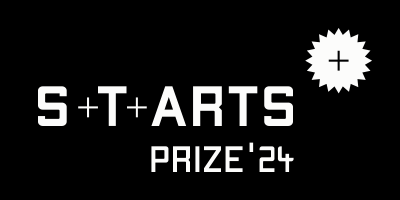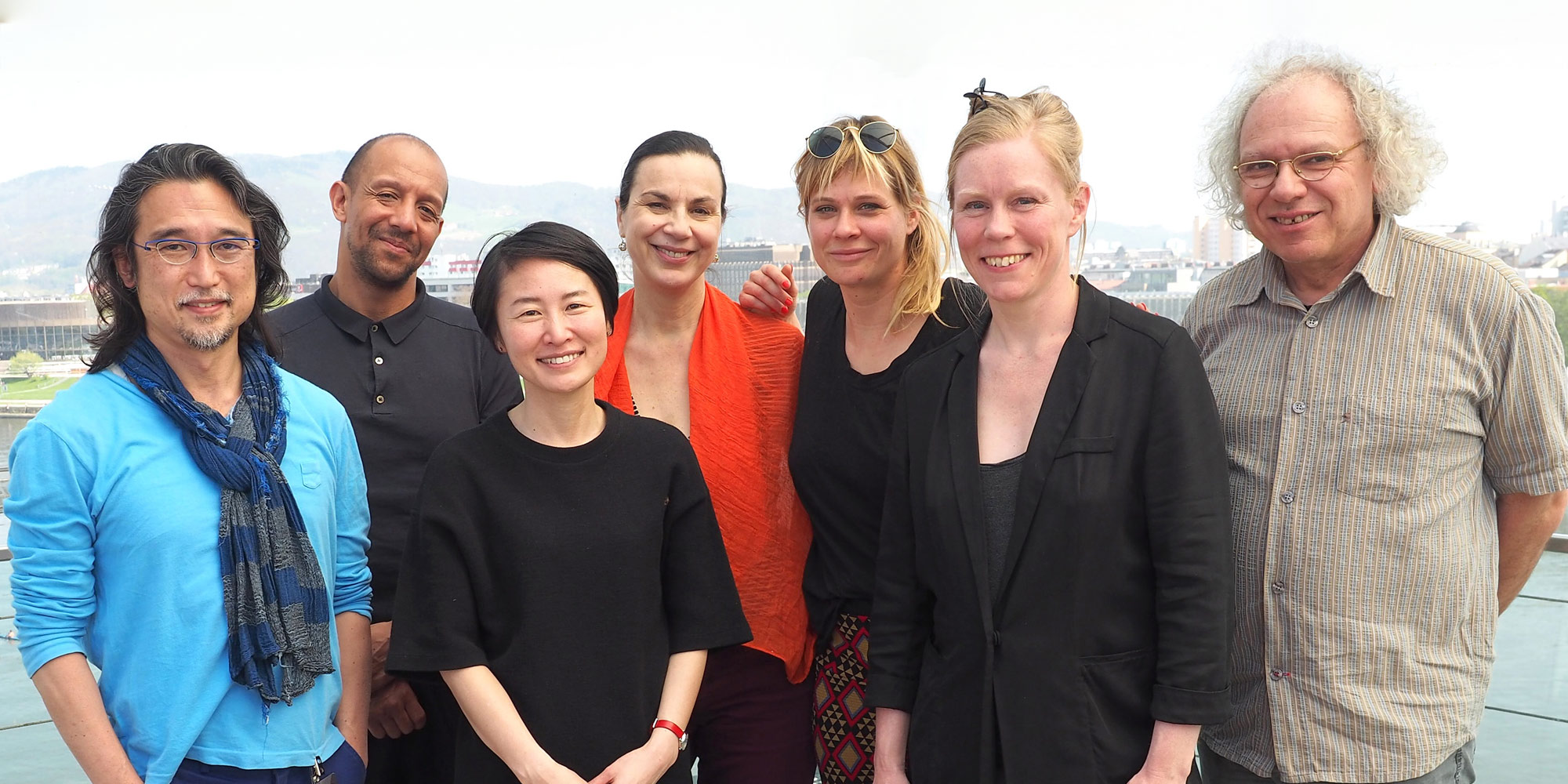2017 S+T+ARTS Prize Jury
All submissions are judged by a jury to decide on the two prize-winning projects and up to ten honorary mentions.
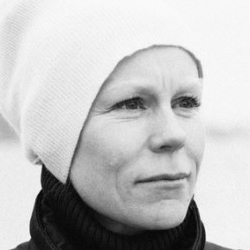
Rikke Frisk (DK) is the founder and co-director of the community focused culture production company: Indgreb, which is based in Copenhagen. Indgreb specializes in projects within participant-driven art and innovation events. Within their portfolio is the creation of the international innovation and art competition festival, Afsnit I. Rikke’s latest initiative is Talk Town – a debate festival on gender, equality and feminism of which she is co-initiator and festival director, a position she is familiar with from her time as manager and co-creator of Strøm – the leading festival for electronic music in Scandinavia, which she ran for several years. Later on Rikke was head of the secretariat for the Copenhagen hosting of WOMEX – the world’s biggest world music fair and festival. Among several obligations she is a member of the board of Denmark’s leading venues for contemporary, experimental Jazz and world music: Copenhagen Jazzhouse and Global. With a background in architecture and communication she is an experienced creative leader, with renowned relational abilities to unfold peoples skills and ideas.

Chiaki Hayashi (JP) is the co-founder and is currently the Representative Director of Loftwork Inc. Loftwork succeeds to annually produce over 600 projects. She manages the operation of the company’s creative platform Loftwork.com which has 25,000 creators registered, FabCafe which is a cafe with digital fabrication tools, and a material-centered co-working office MTRL. She is currently Japan Liaison to the Director at the MIT Media Lab. She has recently founded “Hidakuma” which aims to rebuild nature and local creativity.
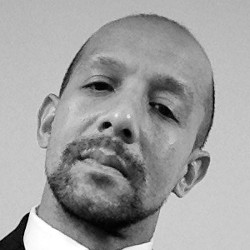
Bradly Dunn Klerks (NL/BE) graduated as a 3D visualising artist designer from the ArtEZ Institute of the Arts, Arnhem. Currently positioned as General Director of Iris van Herpen. The Couture Fashion label is well known for her innovative experiments with materials, techniques and technologies. Using the interdisciplinary research and collaborations with a number of artists from various industries to create stunning work. He is responsible for all the IvH Couture shows, exhibitions and international media. His knowledge of the industry and long term relationship with several artist’s places him in a cross section between the business and the creative field that respects his vision and opinion that “the creative maker” is the centre where it all starts.
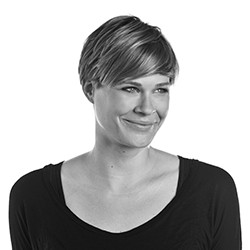
Sophie Lamparter (CH) is an Associate Director at swissnex San Francisco, Switzerland’s innovation outpost. By building networks in science, technology, art, and innovation, she has spearheaded interdisciplinary programs at the edges of art-technology and art-science. She is passionate about finding new talent with a creative approach to technology and helping them scale ideas. She believes in the power of dialogue to foster relationships between creatives, industry, research, and governments. She has organized and curated exhibitions and programs in media, digital and data arts, interaction and game design, robotics, VR, AR, architecture, and urbanism. Sophie’s most recent initiative is DART 17, a creative incubator for interactive projects.
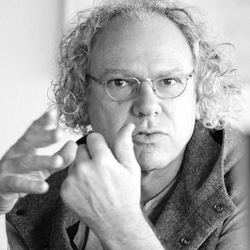
Alexander Mankowsky (DE), born in Berlin 1957, studied Social Science, Philosophy and Psychology at the ‘Freie Universität Berlin’. In 1989 he started working in the research institute of Daimler in Berlin. The multidisciplinary approach in the institute integrated a wide array of disciplines, from social sciences to artificial intelligence. His current working topics are Futures Studies, focussed on the ever changing culture of mobility, the interdependency of social and technological innovation and other aspects of envisioning paths into the future.
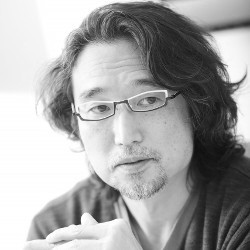
Shuzo John Shiota (JP) graduated from Sophia University, majoring in International Legal Studies. After joining Nippon Steel Corporation in 1991, Shuzo then jumped industries to participate in the launch of Dream Pictures Studio in 1997. He moved to Polygon Pictures two years later and in 2003 assumed the position of President and CEO. The company has since enjoyed exponential growth as the premier digital animation studio in Asia, winning many accolades including multiple Emmy Awards. In 2008, he was selected as one of the “25 Toon Titans of Asia” by popular industry publication Animation Magazine. Shuzo has also juried on many major Japanese and international film festivals, including Prix Ars Electronica, SIGGRAPH, Annecy, and Digicon6. He has given talks worldwide, including TEDxKyoto in 2015. In his spare time, Shuzo engages in his life long passion as a vocalist in a classic rock band.

Victoria Vesna (US), Ph.D., is an Artist and Professor at the UCLA Department of Design | Media Arts and Director of the Art|Sci center at the School of the Arts and California Nanosystems Institute (CNSI). With her installations she investigates how communication technologies affect collective behavior and perceptions of identity shift in relation to scientific innovation (PhD, University of Wales, 2000). Her work involves long-term collaborations with composers, nano-scientists, neuroscientists, evolutionary biologists and she brings this experience to students. She is the North American editor of AI & Society and in 2007 published an edited volume – Database Aesthetics: Art in the Age of Information Overflow and another in 2011 – Context Providers: Conditions of Meaning in Media Arts.
2017 S+T+ARTS Prize Nomination Committee
All submissions are judged by a nomination committee in the order of their arrival. The nomination committee selects up to 30 projects to nominate for prize consideration by the jury.

Luis Miguel Girão (PT), founder of Artshare, is a transdisciplinary artist and Researcher. As a researcher he is generating support for EU and Transatlantic policy making in the field of the crossings of art, science and technology. Luis Miguel is developing applications of technology as tools for artistic expression focusing at the moment on electromagnetism. He is a member of the Planetary Collegium and of the Centre for Sociology and Music Studies of Faculty of Social Sciences and Humanities of the New University of Lisbon, Portugal. In 2007, he was awarded the Bolsa Ernesto de Sousa prize. He collaborated with several artists and scientists and his work has been presented worldwide. He was coordinator of ICT ART CONNECT 2013 and of ICTARTCONECT study for the European Commission.

Chiaki Hayashi (JP) is the co-founder and is currently the Representative Director of Loftwork Inc. Loftwork succeeds to annually produce over 600 projects. She manages the operation of the company’s creative platform Loftwork.com which has 25,000 creators registered, FabCafe which is a cafe with digital fabrication tools, and a material-centered co-working office MTRL. She is currently Japan Liaison to the Director at the MIT Media Lab. She has recently founded “Hidakuma” which aims to rebuild nature and local creativity.

Bradly Dunn Klerks (NL/BE) graduated as a 3D visualising artist designer from the ArtEZ Institute of the Arts, Arnhem. Currently positioned as General Director of Iris van Herpen. The Couture Fashion label is well known for her innovative experiments with materials, techniques and technologies. Using the interdisciplinary research and collaborations with a number of artists from various industries to create stunning work. He is responsible for all the IvH Couture shows, exhibitions and international media. His knowledge of the industry and long term relationship with several artist’s places him in a cross section between the business and the creative field that respects his vision and opinion that “the creative maker” is the centre where it all starts.

Sophie Lamparter (CH) is an Associate Director at swissnex San Francisco, Switzerland’s innovation outpost. By building networks in science, technology, art, and innovation, she has spearheaded interdisciplinary programs at the edges of art-technology and art-science. She is passionate about finding new talent with a creative approach to technology and helping them scale ideas. She believes in the power of dialogue to foster relationships between creatives, industry, research, and governments. She has organized and curated exhibitions and programs in media, digital and data arts, interaction and game design, robotics, VR, AR, architecture, and urbanism. Sophie’s most recent initiative is DART 17, a creative incubator for interactive projects.

Alexander Mankowsky (DE), born in Berlin 1957, studied Social Science, Philosophy and Psychology at the ‘Freie Universität Berlin’. In 1989 he started working in the research institute of Daimler in Berlin. The multidisciplinary approach in the institute integrated a wide array of disciplines, from social sciences to artificial intelligence. His current working topics are Futures Studies, focussed on the ever changing culture of mobility, the interdependency of social and technological innovation and other aspects of envisioning paths into the future.
2017 S+T+ARTS Prize Advisors
13 international advisors who have reputation and credibility in the field recommend projects and help to encourage wider ranges of participants as well as a geographical and gender balance.

Prof. Jussi Ängeslevä (FI) is a designer, an artist and an educator. With home base at the Berlin University of the Arts and the Royal College of Arts, but lecturing around the planet, he is working with digital materiality and interaction design. In parallel to the academic work, he is the Vice Creative Director of ART+COM studios. His design ethos is leveraging hardware, software, physical and graphic design in the search for elegance in highly specific solutions, where the meaning of a work is inseparable from the medium communicating it.
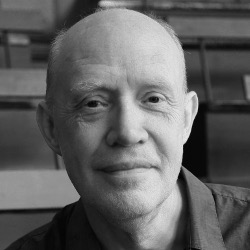
Ken Arnold (UK/US) has worked in various museums and public projects in Europe and USA. In 2007 set up and ran Wellcome Collection: a new venue exploring links between medicine, life and art. Last year it was enjoyed by over 750.000 visitors. He now does international projects Wellcome; and also spends half his time as Director at the Medical Museion and Professor at the University of Copenhagen. He writes and lectures on museums and intersections between arts and sciences.
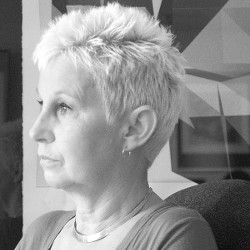
Sue Gollifer (UK) is the Executive Director of ISEA International Headquarters. She is an artist, academic, and researcher at the University of Brighton, UK. She is on a number of National and International Committees, including the Computer Arts Society, ACM SIGGRAPH Digital Arts Community and Chair of the ACM SIGGRAPH ‘The Life Time Achievement in Digital Arts Award’. She has been a curator of a number of International Digital Art Exhibitions including SIGGRAPH Asia 2016, Macau ‘Mediated Aesthetics’.

Drew Hemment (UK) is an artist, curator and academic researcher. He is Founder and Creative Director of FutureEverything and a Dundee Fellow, Reader at Duncan of Jordanstone College of Art and Design, University of Dundee. His work in digital culture and innovation has been covered by New York Times, BBC and NBC and recognised by awards from the arts, technology and business sectors including Lever Prize 2010 (Winner) and Prix Ars Electronica 2008 (Honorary Mention).
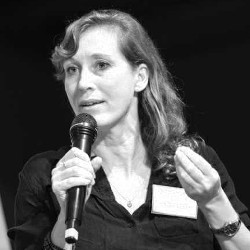
Dr. Susanne Jaschko (DE) is an independent curator exploring the intersection of contemporary art, technology and science. She is the founder of prozessagenten, process by art and design. She held positions as Head of Presentation and of the Artist in Residence Programme at the Netherlands Media Art Institute and as curator and deputy director of the transmediale festival for art and digital culture. She has taught at academic institutions in Germany and abroad, currently at Berlin University of the Arts.
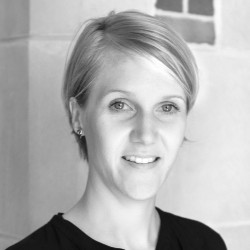
Silvia Lindtner (AT) is an assistant professor at the University of Michigan in the School of Information, with a courtesy appointment in the Penny W. Stamps School of Art and Design. Lindtner’s research and teaching interests include critical studies of innovation and entrepreneurship, DIY (do it yourself) making and hacking, science and technology studies in China, urban and infrastructure studies.

Simona Maschi (IT/DK) is a co-founder and director of the Copenhagen Institute of Interaction Design. Leading the overall organisation at CIID she heads a team that encompasses a world-renowned education, a cutting edge research group, an award-winning consultancy, and a very ambitious incubator platform. Simona is an expert in service design, scenario design and design methods and is passionate about using design to create real positive impact in people’s lives.
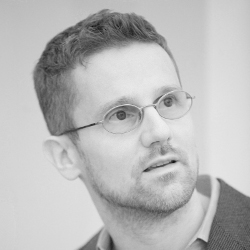
Prof. Carlo Ratti (IT) , an architect and engineer by training, teaches at MIT, where he directs the Senseable City Lab. He is also a founding partner of the international design and innovation office Carlo Ratti Associati. His work has been exhibited in several venues worldwide, including the Venice Biennale, New York’s MoMA, London’s Science Museum, and Barcelona’s Design Museum. He was curator for the Future Food District at Expo Milano 2015, and is currently serving as co-chair of the World Economic Forum Global Future Council on the Future of Cities and Urbanization.
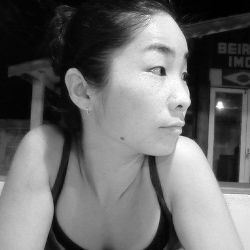
Mika Satomi (JP/DE) is a designer and an artist exploring the field of eTextiles, Interaction Design and Physical Computing. For five semesters, she has been a guest professor at the Weissensee Art Academy Berlin. She has worked as a researcher at the Swedish School of Textiles and at the Distance Lab, Scotland in the field of practice based design research. She holds BA in graphic design from Tokyo Zokei University, and MA in media creation from IAMAS, Japan. Since 2006 Mika has collaborated with Hannah Perner- Wilson, forming the collective KOBAKANT creating artistic projects in the field of eTextiles and Wearable Technology Art. She is a coauthor of the e-Textile online database “How To Get What You Want”.
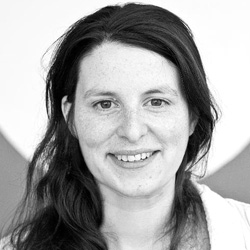
Lynn Scarff (IE) is the Director of Science Gallery Dublin. She has over twelve years experience in developing and leading public engagement projects in science, arts and education fields. Lynn comes from a background of work in the environmental and not for profit sectors and has developed a series of programmes, exhibitions, events, books, TV and radio for these areas. Beginning her role in Science Gallery as the Education and Outreach Manager, Lynn has been involved since its inception. She is passionate about science and arts and the potential of spaces like Science Gallery to be facilitators of transformation in people’s lives.
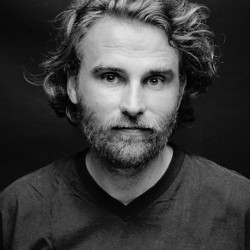
Bastian Schäfer (DE), born in 1980, is a maverick, kitesurfer, TED speaker, father of a boy and a girl and automotive engineer. After working at Volkswagen Design he entered Airbus in 2006 in different projects for A340, A350 and A380. In 2009 he joined the project team that created the award winning Airbus Concept Cabin with its’ bionic structure. Bastian is the project leader of the Bionic Partition project where he is focussing on generative design combined with 3D printing technology.
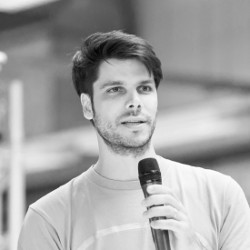
Fermín Serrano Sanz (ES) is recognised as expert in citizen science with experience in tens of research projects that include linkages with public engagement, creativity, arts and open technologies. He works in the Ibercivis Foundation in Spain and he collaborates with entities such as the European Commission, the OeAD, Cotec, Sónar+D or the European Digital Art and Science Network where he curated the Reverberadas exhibition. Fermín is also participant of the Future Innovators Summit.
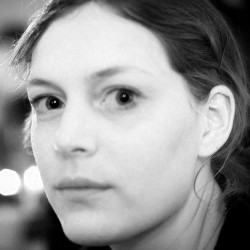
Karen Verschooren (BE) is a contemporary art curator based in Belgium. She currently works as Head of Exhibitions for STUK Arts Centre, Leuven (BE) where she is responsible for the exhibitions programme including ARTEFACT: a themed exhibition and festival on contemporary visual arts, current events and societal challenges. From October 2008 – March 2015, she worked as a curator/project coordinator for Z33, House for contemporary art, Hasselt (BE).
2017 Jury Statement
Earth to Space: Blue Future
Joint statement of the S+T+ARTS Prize Nomination Committee (Bradly Dunn Klerks, Luis Miguel Girão, Chiaki Hayashi, Sophie Lamparter, Alexander Mankovsky) and the S+T+ARTS Prize Jury (Bradly Dunn Klerks, Chiaki Hayashi, Sophie Lamparter, Alexander Mankowsky, Rikke Frisk, Shuzo John Shiota, Victoria Vesna)
Science and technology are developing ever more quickly, expanding our world’s possibilities, but also its complexity. As automation and Artificial Intelligence (AI) merge into our daily reality, opportunities and risks alike dominate stories in popular media, even among experts and specialized literature. New studies pin ever-increasing job losses to self-driving cars, the spectral algorithm threatening to replace accountants, lawyers, doctors, and artists. We feed these learning machines with information, images, and patterns, while at the same time we wonder and worry about how many decisions we want to hand over to the machines.
Smart objects, virtual assistants, and chatbots are increasingly present in our homes, bedrooms, and pockets. As digital interfaces and processes become invisible, the borders between us and the machines blur. We welcome our digital helpers and collaborators even as we are anxious about the data they record¾an anxiety fueled by the small number of those who comprehend how the machines make decisions and suggestions.
We read about synthetic biology and how cures for diseases could be just five minutes away. Technologies like CRISPR hand us the power to change our genetic code, completely changing the way we think about life, our bodies, and our health. Humans might become more resilient, but will our natural environment transform even faster? We are witnessing the first undeniable effects of climate change: global warming, melting ice, dying forests, polluted oceans and cities, mountains of indissoluble plastic. Many of us around the world fear that it might be already too late to change the entire global energy production that sustains our consumption and our behaviors.
This rapidly emerging complexity and rapid change brings uncertainty for societies at large and fuels the populist political climate while leaving us with the question: are we prepared for the future we anticipate? How can we shape the future, make it ours? How can we contribute?
For all these reasons and more, we are tasked to seek visionary ideas and solutions we can trust. A total of 2,977 entries from 97 countries were submitted and 474 projects were shortlisted. For four days, we, the S+T+ARTS Prize Nomination Committee and the S+T+ARTS Prize Jury, reviewed and discussed these collaborative projects, dealing with urgent and relevant questions from creative thinkers all over the world. We reviewed proposals for experiments on human and machine collaboration and interfaces, studies of humanized automation, new ways of translating and living with nature¾moving from the individual to synchronizing with each other. Many of them used new technologies to share experiences and knowledge, to empower people through their communities, and to access information and tools.
To many, it is obvious that we can no longer work in isolation – we need active and focused collaboration. Complex questions require the know-how from different fields, cultures, and perspectives. We need to collaborate and experiment in-between and beyond disciplines until new ideas emerge. Designers, artists, engineers, scientists, and industries have to work together and co-create the future we want to live in. Nobody can afford to miss the next trend or approaching change.
Forward-thinking institutions have realized this need for wide-reaching collaboration. Universities are building interdisciplinary programs. Technology companies are reaching out to students, artists, designers, and startups for inspiration and feedback. Research institutions and industries are hosting ‘artists-in-residence’, organizing interdisciplinary workshops, and taking classes in human-centered design thinking. Grassroots organizations and online communities are creating diverse platforms, from hacker spaces to DIY community bio-labs, to share access to know-how and technologies that help us understand the world and play an active role in it.
These are good and valuable initiatives. But the stakes are high, and the right decisions are crucial. We are designing our future, and inspiration is not enough. We must collaborate and co-create from the ground up. Nobody wants to live in a future programmed only by software engineers, nor in a world imagined only by artists, or by researchers in a laboratory, or by an inscrutable algorithm.
That’s why the S+T+ARTS Prize means so much. Through the two main prizes and all the Honorary Mentions, we have a tool to highlight artistic contributions and outstanding examples of mutually beneficial collaborations between artists, researchers, and technologists; projects that allow technology and research to cross over the divisive borders of their disciplines. We awarded and recognized projects that prove the importance of interdisciplinary and diverse collaboration, and offer not just inspiration but adoptable models for institutions, organizations, and individuals to follow.
We are grateful to the EU commission for following this approach, for initiating and for pledging resources and support to STARTS, and we hope that this year’s, and last year’s, project examples show the necessity and the potential to strengthen even more interdisciplinary initiatives. We also want to thank Ars Electronica and its partners BOZAR and Waag Society for inviting us, and for their ongoing commitment to support, communicate, and showcase the selected STARTS projects in the best possible way to policy makers, industry leaders, and the general public. Ars Electronica started 38 years ago, as a pioneering institution in Europe dedicated to art, technology, and its impact on society. They have created an important interdisciplinary hub for dialogue, discourse, and collaboration; giving millions of people access to these ideas. If there were a STARTS lifetime achievement award, it would definitely go to Ars Electronica.
